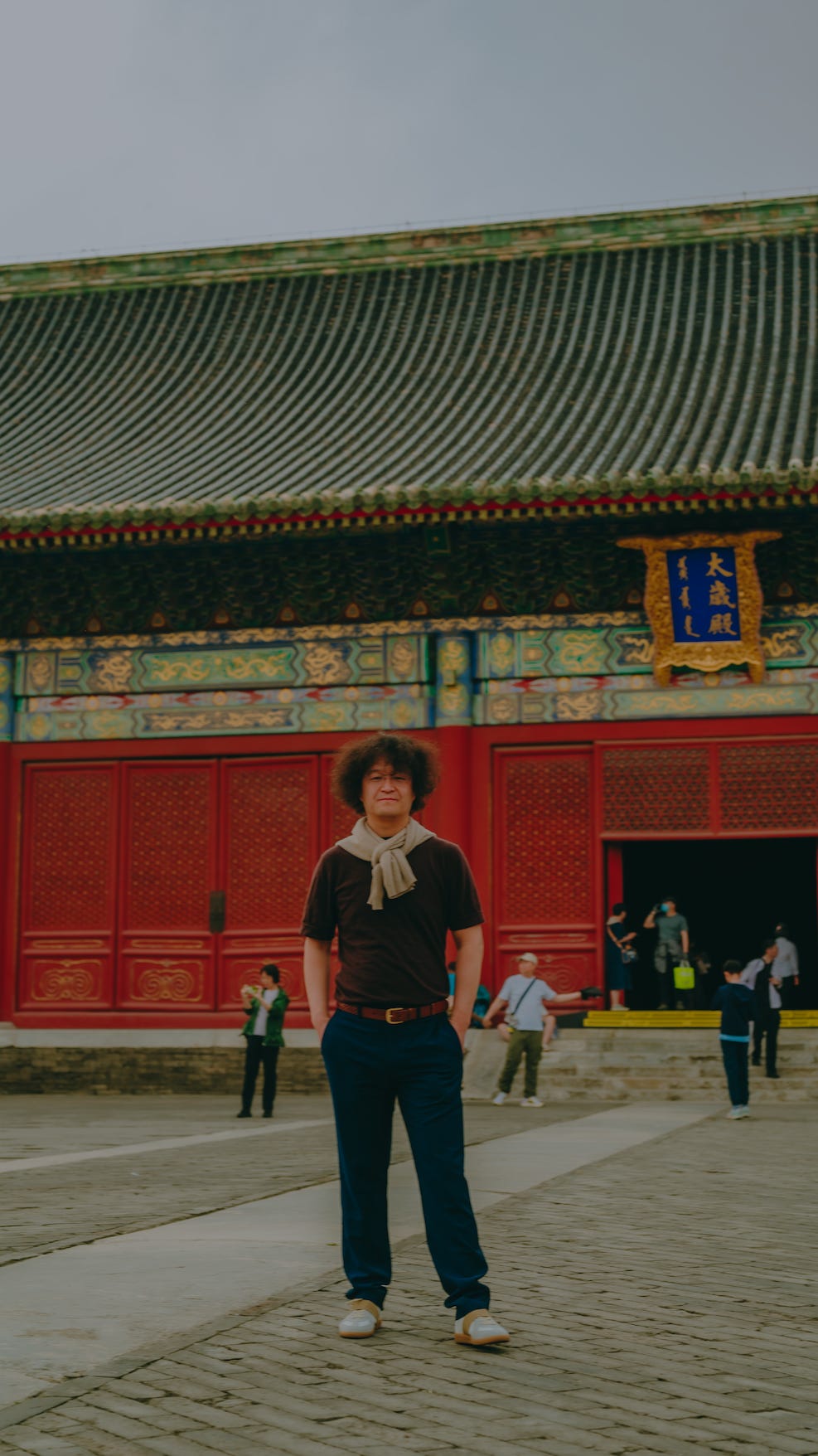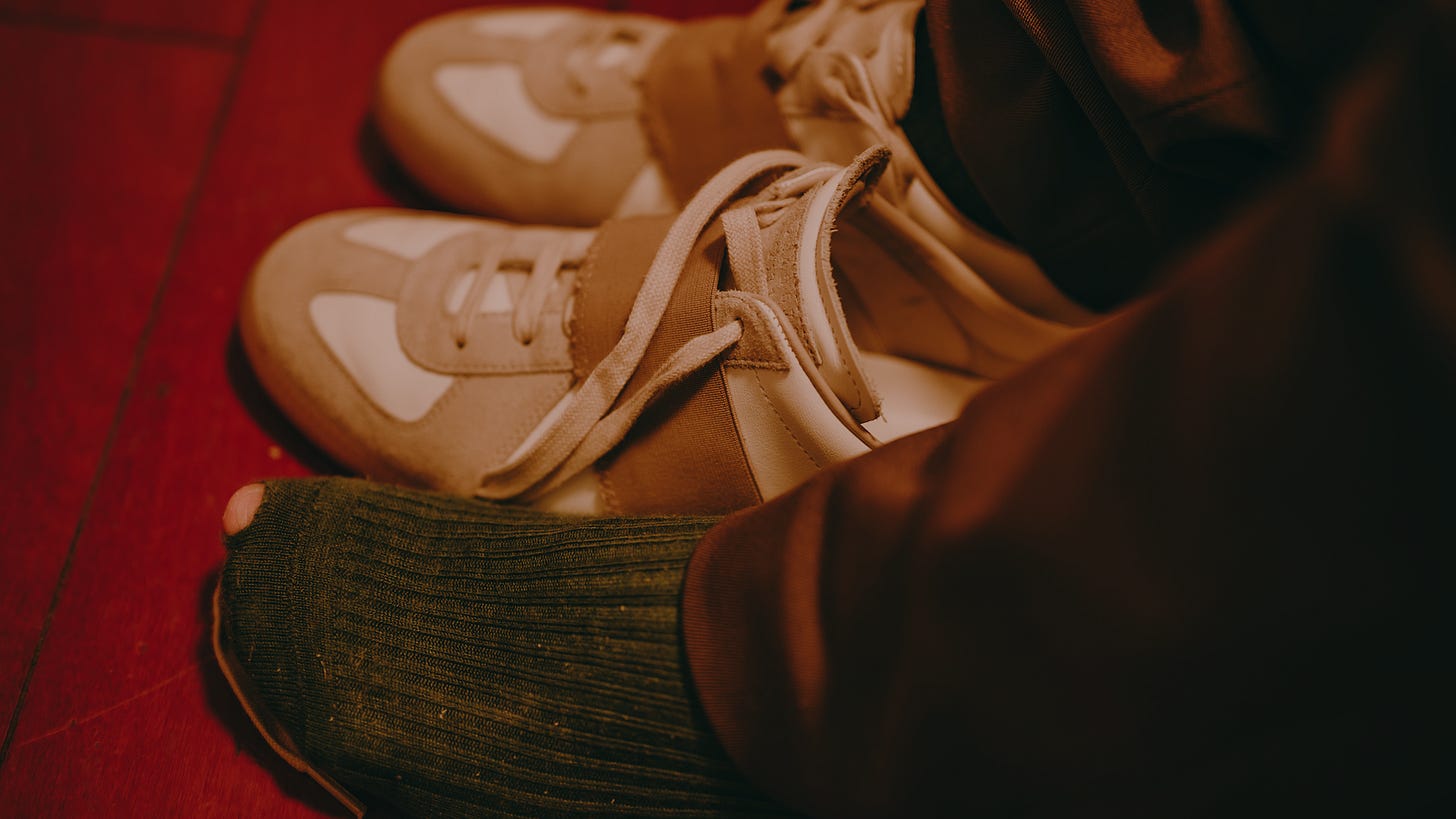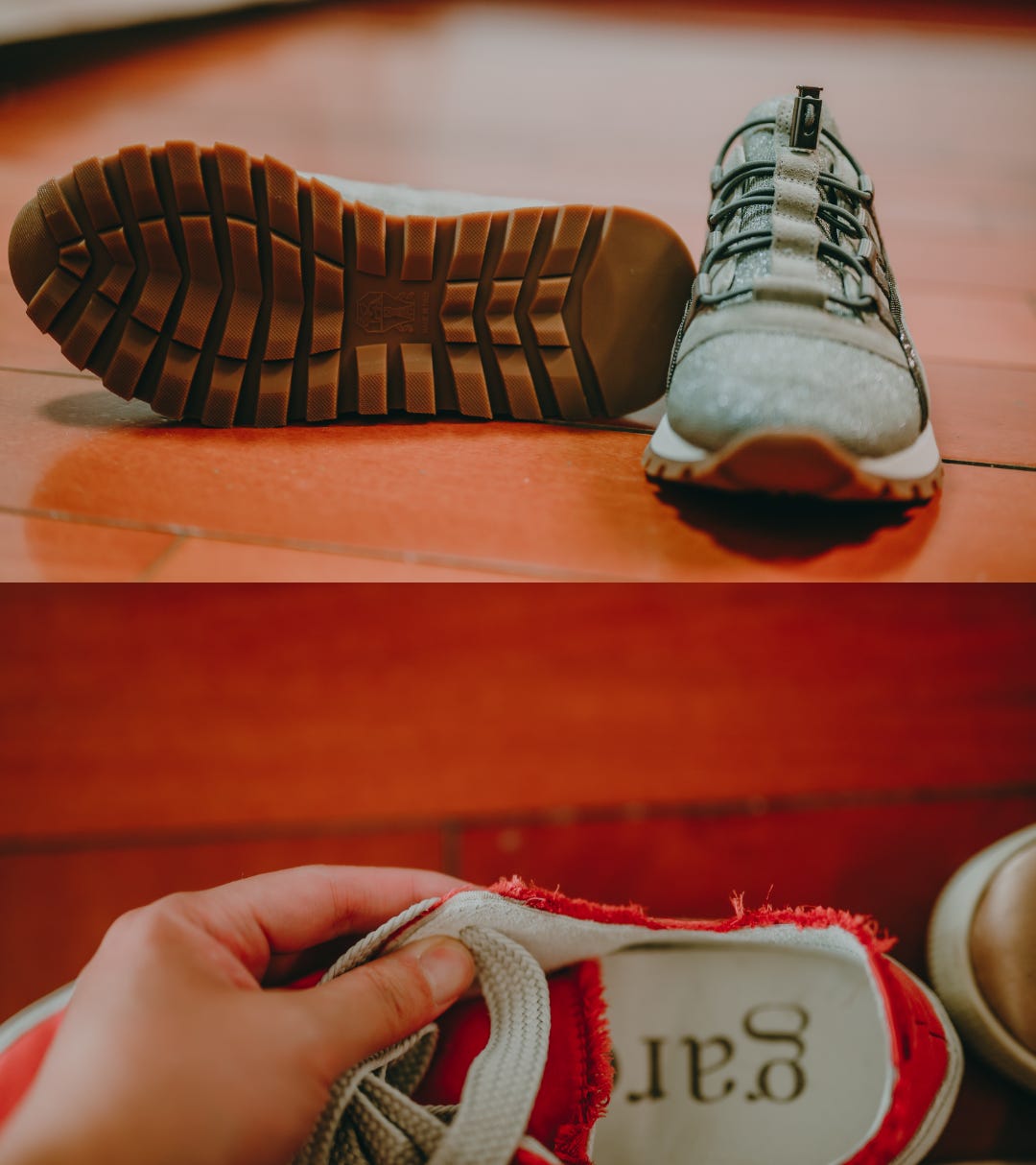11 experienced tips for buying comfortable, blister-free shoes | why it's easier to go wrong than with clothes
Sharing some shopping insights. It all started because the Maison Margiela German Army Trainers I bought this time were too small and rubbed the tops of my toes.
Eddy's weren't too small, but they still rubbed his wool socks. In short, this shoe brand, like hype-driven brands such as New Balance and Salomon, relies on design and online marketing to attract consumers, rather than winning with foot feel, materials, or quality. The leather is just ordinary cowhide, stiff and prone to rubbing, requiring a week-long break-in period.
Leaving aside this trendy brand, just talking about this shoe-buying experience, I indeed bought them too small, and it's not the first time. He also bought a pair that was too small once and only realized it after getting home; he exchanged them before wearing them out. Because I wore mine for a day and walked 6,000 steps, they already showed some wear, so I didn't exchange them. Every time I try on shoes, I tend to be lazy and don't learn my lesson. This time, I'm specifically writing an article to remind myself.
01
First, let's talk about why shoes are so prone to errors, why they are easier to buy incorrectly than clothes.
The first reason: Shoe sizes are too close. There's only a 5-millimeter difference between 225mm and 230mm, which is one size, whereas for clothes and pants, a size difference is several centimeters, for example, 170/70A vs. 165/68A, both differ by several centimeters.
The second reason: Feet don't have as much fat as the waist. The waist and stomach have a lot of elastic fat, so cinching or tightening by 2-4 centimeters is no problem. Feet, however, are mostly hard bones, without much elastic fat to make room.
The third reason: Shoes emphasize a snug fit and envelopment. For clothes, an oversized or tight fit is fine, but shoes must provide envelopment.
And this envelopment is very complex. It's not just about the length and width of the foot, or the instep; you also have to consider that people's left and right feet are asymmetrical. Perhaps the left foot fits, but the right one doesn't. Look at the image below: my left foot is 228mm long and 90mm wide, while my right foot is 223mm long and 93mm wide. Overall, I have low arches; my left foot is long and narrow, and my right foot is short and wide. As mentioned earlier, the MaisonMargiela Sneakers rub my feet, mainly my left foot, because my left foot is longer, and the shoe size is 220mm, so you can imagine how they feel.
In summary, when trying on shoes, you should go by your longest and widest foot. If even one foot feels uncomfortable, you must be extremely cautious. Of course, you must try on both shoes, not just one.
This was measured a few years ago at the Salomon store in Jing'an Kerry Centre in Shanghai; I don't know if they still offer this service. At the time, this brand also had a lot of publicity. I originally intended to buy them, but the foot feel was just too stiff. Plus, I saw reviews on Xiaohongshu saying they tend to make feet stuffy. After trying them on repeatedly and even measuring my foot length, I finally gave up.
However, there are very few negative reviews for these Maison Margiela German Army Trainers; it's hard to find any bad reviews at all, perhaps due to PR management.
02
Why say be cautious when one foot doesn't fit, rather than rejecting them outright?
Because shoes can change shape with wear, especially leather shoes. Leather can soften and conform better to the foot shape with wear. Didn't I mention earlier that shoe sizes usually differ by only a few millimeters? Leathers like cowhide and sheepskin can also loosen by 3-5 millimeters with time and wear (shoes made of synthetic fibers like nylon and polyester cannot loosen this much). This means that a half or whole size smaller can eventually fit due to the leather stretching, which is what the break-in period is about.
But before the break-in period is over, they will pinch a bit, which is a phase of "making yourself uncomfortable." Either you're too lazy to return them, or like me, you only realize after wearing them for a day and can't return them, so you just have to wait until they stretch out with prolonged wear and feel better.
If you're like me and bought shoes that are too small and can no longer be returned, but the shoes are still new and haven't stretched out, here's a tip to reduce rubbing: Loosen all the laces on the new shoes a bit; it will help.
Foot rubbing can also be due to two situations. One is that you genuinely bought them too small, like in my case this time. The other is that the size is right, but the leather itself is stiff and needs to be walked in, like Guidi's handmade horse leather shoes, or it's not leather at all, but rather stiff, coarse fabric. This is the case with these Margiela German Army Trainers: the heel counter is made of leather, and it's made quite thick and wear-resistant, but the toe box and sides of the forefoot are coarse nylon polyester fabric. Even though Eddy bought the right size, they still rub his socks; the stiff foot feel is due to this second reason.
Good quality shoes will use the best cowhide or sheepskin, not low-cost fabrics. This way, even if they don't fit perfectly at first, because good quality cowhide or sheepskin is soft, they won't rub your feet like coarse fabrics. At the same time, they will also quickly adjust to your foot shape, usually within 1 or 2 days, while fabrics might take about a week.
Brunello Cucinelli shoes are a case in point. They are expensive, it's true, but every aspect is clearly well-considered. Even if the mesh on the BC Monili Sneaker is fabric and BC's brand logo sequins, the entire inner lining is made of soft cowhide for you. Pedro García known for its silk satin uppers, has the entire interior lined with a layer of soft cowhide. For high-quality shoes like these, even if you buy a size smaller, because the cowhide is good, they feel very soft when you put them on, and become very comfortable after walking for half a day or a day. These designs have their own unique style and also prioritize ergonomics and quality, which is why I've written dedicated articles for them.
Common Projects, on the other hand, has versions with fabric linings and versions with all-leather linings. The fabric version is also for breathability, and they choose good quality fabric, so the foot feel won't be abrasive. It's not like unethical, commercialized trendy brands such as Maison Margiela, whose purpose is to reduce quality, cut costs, increase profit margins, and at the same time, raise prices and create anxiety through hype marketing.
Our purchase this time, like our previous New Balance purchase, was also because we thought the design was passable and were influenced by commercialized marketing, forgetting to consider the more important foot feel, hence we made a mistake.
03
Next, let's talk about reminders for when buying shoes:
① Always try on the entire pair at the same time, and as long as you are still in the store, keep wearing them. Wear them for as long as you can. Shoes are not like clothes where you can tell right away; sometimes you have to wear them for a while before the discomfort becomes apparent.
With these shoes, I only tried on one foot when I first got them, and only briefly tried on both feet right before paying. I only walked a few steps and didn't feel that the shoes didn't fit. The next day, I wore them directly to go for a walk in the park, and as a result, my foot hurt , so annoying.
② Try on at least 3 shoe sizes. For example, my feet are 225mm (Chinese size 36), so I should try both 220mm and 230mm. Besides the fact that each shoe's width is different, another issue is that shoe brands themselves are not standardized: some brands size their shoes as 230mm based on foot length, some based on the inner cavity length of the shoe (230mm), and others based on the shoe last length (230mm). In addition to Chinese sizes, there are also European and US sizes. Now I finally understand the importance of Qin Shi Huang standardizing weights and measures.
If you frequently buy shoes from European or American brands, it's advisable to remember your foot length in millimeters, as I see many brands use mm. Some brands might not indicate size 36, and the sales assistant will convert it for you, but you don't know if their conversion is accurate. It's still up to you to try on more.
③ Prioritize shoes with genuine leather linings like sheepskin or calfskin, and ensure the entire interior is lined. In 15 Pairs of Spring/Summer Shoes, I complained about Toteme's poor foot feel, being too flat and not conforming to the biomechanical requirement of the foot for a higher heel and lower forefoot. However, because they are made of very soft (not durable) sheepskin inside and out, they don't rub the feet at all and are very comfortable if you're not walking too much. If you walk a lot, the shoe's ergonomic design is more tested; if you don't walk much, basic comfort depends on the leather material.
④ For shoes with fabric linings, avoid them if you can. If you do choose them, be mentally prepared for them to potentially rub your feet or socks.
Like us this time, we fell into a trap because of the brand's design style. At first, when trying them on at home with few steps, he was full of joy, even paired them with a silk scarf, "Haha, another pair of versatile shoes, look how I've styled them, come take a picture for me." But after each of us spent a day walking in the park, mine were too small and rubbed my toes, and Eddy's rubbed his socks, sigh...
When you see shoes from those well-known brands (these brands have two identifying features: lots of online hype and advertising + the brand founders are no longer involved in operations), don't get too excited; they might be rubbing their socks or toes too.
⑤ If you need to walk a lot (over 10,000 steps), prioritize athletic shoe styles that are lower in the forefoot and higher in the heel.
Epilogue
The 3 reasons why shoes are easier to buy wrong than clothes + the 2 situations of foot rubbing + the looseness and softness of leather + the 5 considerations when buying shoes—let's roughly call it 11 points. Even as I write this, I feel like I can't fully absorb and understand them all. Next time I buy shoes, I'll forward this article to myself to review, lest I get carried away by style + brand, my head gets hot, and I forget everything, thinking that as long as the shoe goes on, it's fine.
Maison Margiela itself is a trendy brand; we always pass on their clothing and bags. This time we bought and tried their most classic German Army Trainers, and we're very disappointed. It's a complete goodbye to this brand.
pamperherself














